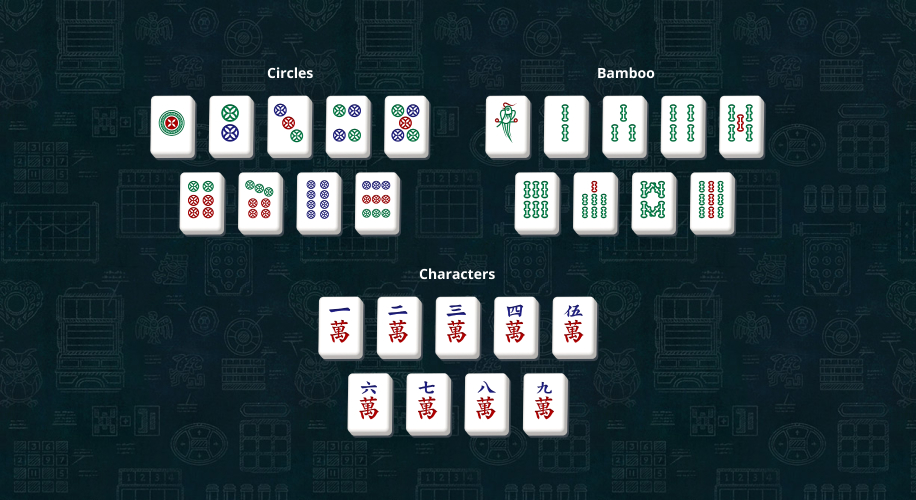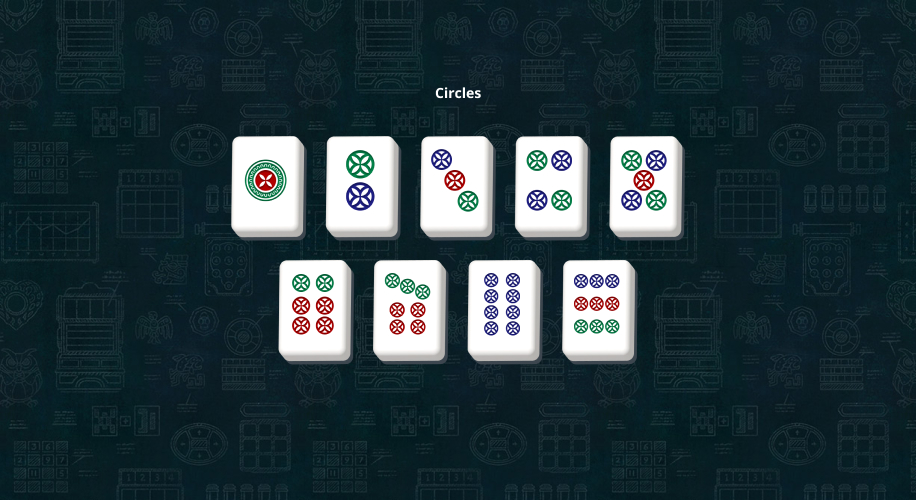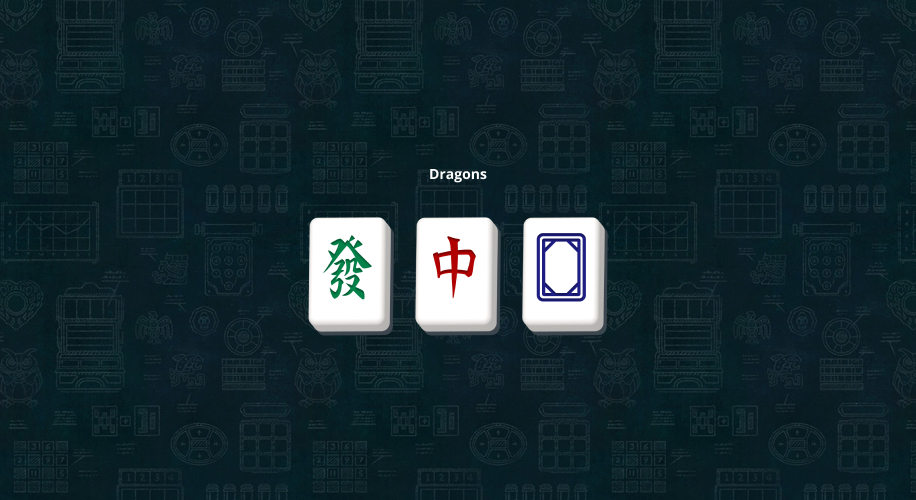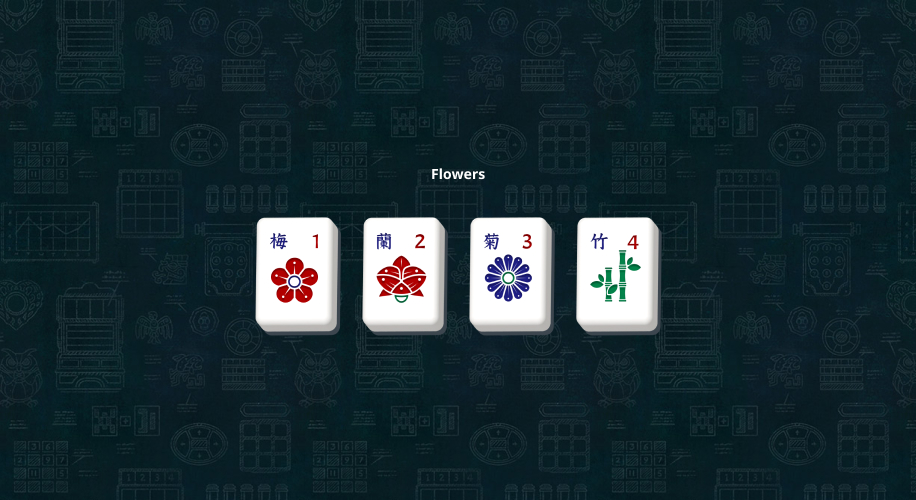Mahjong Tile Meanings and Variations
Though people have played several game variations for years, few people are privy to the Mahjong tile meanings that each picture represents. Mahjong is a traditional Chinese four-player game. Mahjong Solitaire is a single-player online game that uses the same tiles as the original version of Mahjong, but the game has some differences from the original one. The tiles used are an element of the game, for example, akin to how cards are used in a game of FreeCell.
What is Mahjong?
Mahjong is a game invented in China during the mid-1800s. It consists of several different suits of tiles, with the major suits multiplied by four (four sets of each major suit).
Though Mahjong is still a popular physical game worldwide, online versions have consistently gained traction with gamers for over a decade. Like most things you’ll find online, different creators can take licenses, making either subtle or major changes to the tiles to make them unique. However, there are still many who try to adhere to the original.
Due to the game’s popularity, several region-based variants have cropped up over the years. For the sake of avoiding confusion, the following information will be based on the Chinese versions with a few honorable mentions.
How Many Mahjong Tiles Make Up a Set?
Mahjong is historically a game consisting of 144 tiles, used to play games (Mahjong Solitaire, regular Mahjong, Mahjong Connect, etc.). The tiles are broken down via artwork and patterns into three suits, two honor suits, and an optional suit.
Meaning Behind Mahjong’s Tiles
Every pattern or picture decorating each tile carries a specific meaning. Whether a number, flower, weather, or animal, all create a challenging blend of patterns to use during gameplay. Tile patterns are divided into three major categories: Suits, Honor Tiles, and Bonus Tiles.
Suit Tiles

All three suit tiles are numbered from one through nine, and their artwork reflects the number value present on the tile. There are four sets of each suit, equaling 36 tiles of each.

Circles: Circles are also referred to as dots, wheels, coins, or stones. These begin as a large single circle for the 1 tile (which is referred to as the big pancake) and get progressively smaller the higher the number. The circles are colored in variations of red, green, and blue.

Bamboo: Bamboo tiles are also known as sticks, bams, strings, strips, and woven threads. From tiles two through nine, there are bamboo-like pictures. The 2 tiles will have two shoots, the 3 will have three, etc. The tile representing a 1 is often a picture of a bird rather than a single bamboo shoot.

Characters: Character tiles are also known as numbers, cracks, and myriads. The numeric value is represented by Chinese characters. The top of each tile has a blue Chinese numeral representing the tile’s rank. Underneath is what’s called a myriad, which is colored red. Most sets these days come with a tile’s numeric value in the upper right-hand corner for people who don’t understand Chinese characters.
Honor Tiles

There are typically only two types of Honor tiles: winds and dragons. Honor tiles do not have their own suit or rank and are rarer than suit tiles.

Dragons: There are three different colors of dragon tiles and four tiles per dragon color. Their colors are red, green, and white. Each dragon represents a particular suit type.
Some sets of Mahjong have literal dragons painted on the tile’s surface, often pictures of the dragon’s head. More traditional tiles have symbolic representations or characters describing the dragon, its color, and its meaning instead of a picture.
Red dragons (Also depicted as a middle symbol) represent the characters’ suits, white dragons (also called soap and are often blank with a border) represent the circle’s suit. Green dragons (depicted with the Chinese character saying “Fa” meaning wealth) represent the bamboo suit.

Winds (or the Four Winds): The wind tiles have four variations reflecting the four winds (north, south, east, and west), and there are four tiles for each wind type. Standard versions of wind tiles have a Chinese character printed on them, representing the wind direction’s first letter (N, S, E, W).
Bonus Tiles

Bonus tiles are the rarest of any tile type and were once used as wildcards in the early 1900s. Bonuses are traditionally flower tiles and season tiles. Joker tiles were eventually included in Mahjong sets, and occasionally, they can be seen in online versions. While playing traditional Mahjong, these tiles provide opportunities for players to gain extra points.

Flowers: Flowers tiles have four pictures printed on them that, in China, are deemed to be Confucian plants. They are bamboo, chrysanthemum, orchid, and plum.

Seasons: Four patterns represent the year’s four seasons on Seasons tiles. The pattern choices for each season might change depending on the manufacturer or the manufacturer’s country of origin. Most often, peonies represent spring, lotuses represent summer, autumn-harvested fruits represent fall, and daffodils often represent winter.
Jokers: Joker tiles are used as wildcards in most renditions of the original style of the game. Four Jokers are in play in Chinese versions, and eight Jokers are used in the American version. These are typically decorated with pictures of clowns, but some sets have Chinese inscriptions printed on them instead of pictures.
Tiles Found in Other Mahjong Versions
Though the game began in China, surrounding nations made changes to it to make it their own. Over time, Mahjong’s popularity reached the West, resulting in even more game iterations. Often, what winds up changing are the tiles, how they correspond with each other, and their appearance.
However, some versions have added entirely new suits and types of wildcards that were never present in the original. For example, the Japanese version has an entire red set—every tile is colored in red ink. The Vietnamese version includes two extra flower tile quartets to their Mahjong sets. Sets produced in Singapore include two sets of animal tiles, while Thailand manufacturers include four.
The most noticeable changes that are made are graphical. The overall look of each tile is approached differently depending on the country in which they are manufactured and the material type of choice.
What are Mahjong Tiles Made Out Of?
Originally, the people of that era would make the tiles from bone, bamboo, or ivory due to them being readily available, workable materials at the time. Today, most manufacturers opt to fabricate Mahjong tiles from plastic as it’s readily accessible (thus cheaper to use when producing large numbers of sets). The other materials are still available in some places, but these sets are less prominent and far more pricey due to their novelty and rarity.
Some manufacturers opt to use ceramic, cardboard, mother of pearl, or even paper. Of course, the material type will impact the cost and longevity of the set.
The most reliable material used to make Mahjong tiles these days is acrylic, which is a particular type of plastic. As far as plastics go, acrylic is among the cheapest to manufacture, it’s easy to fabricate, and it’s extremely durable, making it a popular choice among manufacturers over the past several decades.
Though the arrival of online variations of Mahjong has made it as easy to get into a game as it is to turn on a computer, many people enjoy the social characteristics of the game, opting to use physical sets in gatherings or get-togethers with friends.
Conclusion
A well-rounded knowledge of what the tiles represent enhances the lore behind the game as well as assisting players to make sense of the hands they’re dealt. The folks who conceptualized the Mahjong game evidently found a great balance between creativity, enjoyable gameplay, and storytelling in their creation. Attributes like these are major reasons why this game is still as popular as it has ever been.
The Mahjong tile meanings make the game richer with age, adding its sense of lore. Though there have been additions, modifications, and decorative alterations over the years, at its core, it is very much the same game that families and friends of old would gather together to play.
